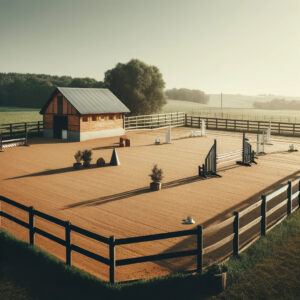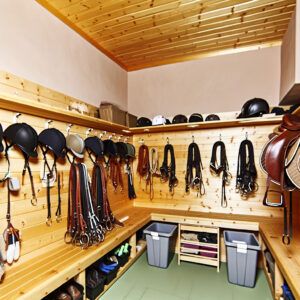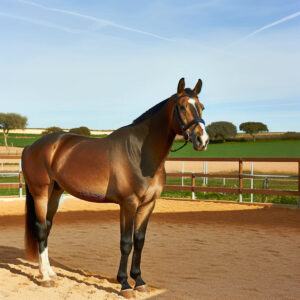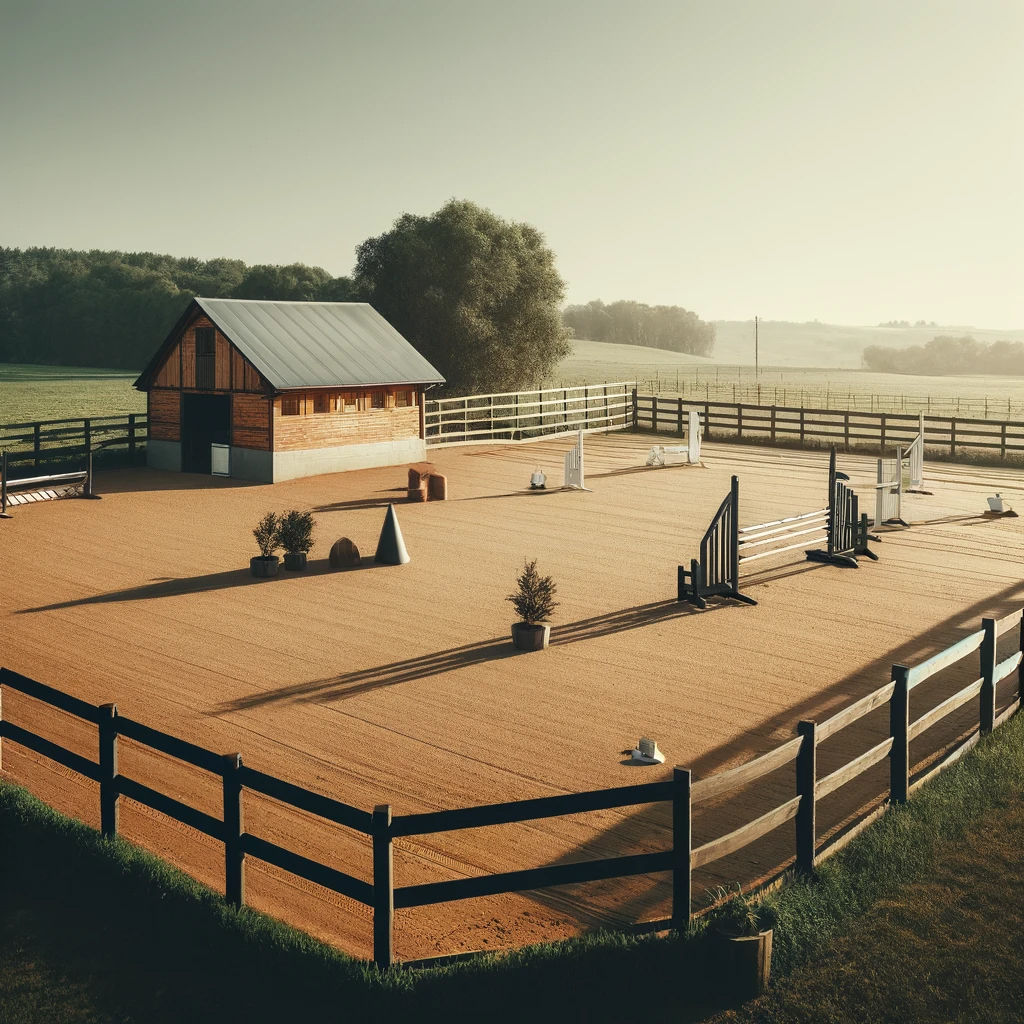 Creating a safe training environment for horses is essential for their well-being and the safety of everyone involved. A well-organized, secure space allows both horse and trainer to focus on learning and improving without unnecessary risks. Here’s a comprehensive guide to establishing a safe training environment for horses.
Creating a safe training environment for horses is essential for their well-being and the safety of everyone involved. A well-organized, secure space allows both horse and trainer to focus on learning and improving without unnecessary risks. Here’s a comprehensive guide to establishing a safe training environment for horses.
Understanding the Importance of Safety
Safety in horse training isn’t just about preventing accidents. It’s about creating and enjoying an environment where both horse and handler feel secure and confident. A safe space enhances the learning process, builds trust, and ensures that training sessions are productive and enjoyable.
Assessing the Training Area
The first step in ensuring safety is to assess the physical space where training will occur. Here are some key aspects to consider:
- Cleanliness and Maintenance: Ensure the training area is clean and free of debris. Regularly check for and remove any hazards, such as sharp objects or uneven ground that could cause injury.
- Adequate Space: The training area should be spacious enough to accommodate the movements of both horse and handler. Crowded or confined spaces can lead to accidents.
- Proper Footing: The surface of the training area should provide good traction and be free of holes or loose rocks. Ideal footing varies depending on the activity but generally should be soft enough to cushion impact but firm enough to provide stability.
- Fencing and Boundaries: Ensure the training area is enclosed with sturdy fencing to prevent horses from escaping or getting distracted. The fence should be tall enough to discourage jumping and free of sharp edges.
Equipment Safety
Using the right equipment safely is crucial. Here’s how to ensure equipment safety:
- Regular Inspections: Check all training equipment regularly for signs of wear and tear. Replace or repair anything that’s damaged or faulty.
- Proper Use: Ensure that everyone knows how to use the equipment correctly. Provide training sessions if necessary and always supervise the use of new or complex equipment.
 Storage: Store equipment properly when not in use. This prevents accidents and prolongs the life of the equipment.
Storage: Store equipment properly when not in use. This prevents accidents and prolongs the life of the equipment.
Safety Protocols and Procedures
Establish clear safety protocols and procedures to ensure everyone knows what to do in case of an emergency. Here are some essentials:
- Emergency Exits and Procedures: Make sure everyone knows where the emergency exits are and what to do in case of an emergency. Conduct regular drills to reinforce these procedures.
- First Aid Kits and Training: Keep a well-stocked first aid kit accessible and ensure that at least one person present knows basic first aid for both humans and horses.
- Clear Communication: Establish a system for clear and effective communication. This could be through signals, a PA system, or designated communication devices.
Training the Trainers
Those leading the training must be well-prepared and knowledgeable. Here’s what to consider:
- Qualifications and Experience: Ensure that trainers are qualified and have sufficient experience in their field. They should know not only how to train but also how to do so safely.
- Continuous Education: Encourage trainers to keep up with the latest safety standards and training techniques. Regular workshops and certifications can be very beneficial.
- Leadership Skills: Trainers should possess good leadership skills. They need to manage the group effectively, ensuring that everyone follows safety protocols.
Understanding Horse Behavior
 A critical part of maintaining safety is understanding horse behavior. Here’s how to approach it:
A critical part of maintaining safety is understanding horse behavior. Here’s how to approach it:
- Body Language: Learn to read a horse’s body language. Signs of discomfort or agitation, such as pinned ears, swishing tail, or stomping feet, should be addressed immediately.
- Consistency and Routine: Horses thrive on consistency. Establishing a routine helps them feel secure and understand what’s expected of them.
- Positive Reinforcement: Use positive reinforcement techniques to encourage good behavior. Rewarding horses for calm and cooperative behavior can make training sessions smoother and safer.
Creating a Positive Culture
A positive and respectful culture is essential for a safe training environment. Here’s how to foster this:
- Respect and Inclusion: Promote an atmosphere of respect and inclusion. Everyone should feel valued and safe from harassment or discrimination.
- Encouragement and Support: Encourage participants to support each other. Positive reinforcement helps build confidence and a supportive community.
- Open Communication: Create an environment where participants feel comfortable voicing concerns or asking questions. This openness can help identify potential safety issues before they become problems.
Monitoring and Evaluation
Regular monitoring and evaluation help maintain a safe training environment. Here are steps to ensure ongoing safety:
- Routine Checks: Conduct routine checks of the training area and equipment. Regular inspections help catch potential issues early.
- Feedback Mechanisms: Implement feedback mechanisms where participants can report safety concerns or suggest improvements. Anonymous suggestions can sometimes reveal hidden issues.
- Adjust and Improve: Be willing to adjust and improve your safety protocols based on feedback and observations. Continuous improvement is key to maintaining a safe environment.
 Specific Considerations for Different Training Activities
Specific Considerations for Different Training Activities
Different training activities might have specific safety needs. Here are a few examples:
- Groundwork: When working with horses on the ground, ensure there’s enough space and that the ground is even and free of obstacles. Always use a lead rope and wear appropriate footwear.
- Riding: Ensure that both horse and rider are properly equipped with well-fitting tack. Riders should wear helmets and appropriate riding boots.
- Jumping: Make sure that jumps are sturdy and well-maintained. Start with lower jumps and gradually increase the height as the horse’s confidence and ability improve.
- Trail Riding: Before heading out, check the trail for any potential hazards. Ensure that all riders know the route and have a means of communication in case of emergencies.
Conclusion
Creating a safe training environment for horses is an ongoing process that involves careful planning, regular assessment, and continuous improvement. By focusing on cleanliness, proper equipment use, clear protocols, well-trained leaders, understanding horse behavior, a positive culture, and regular monitoring, you can ensure that your training environment is safe and conducive to effective learning. Prioritizing safety not only prevents accidents but also builds a foundation for trust, respect, and success in your horse training endeavors.

